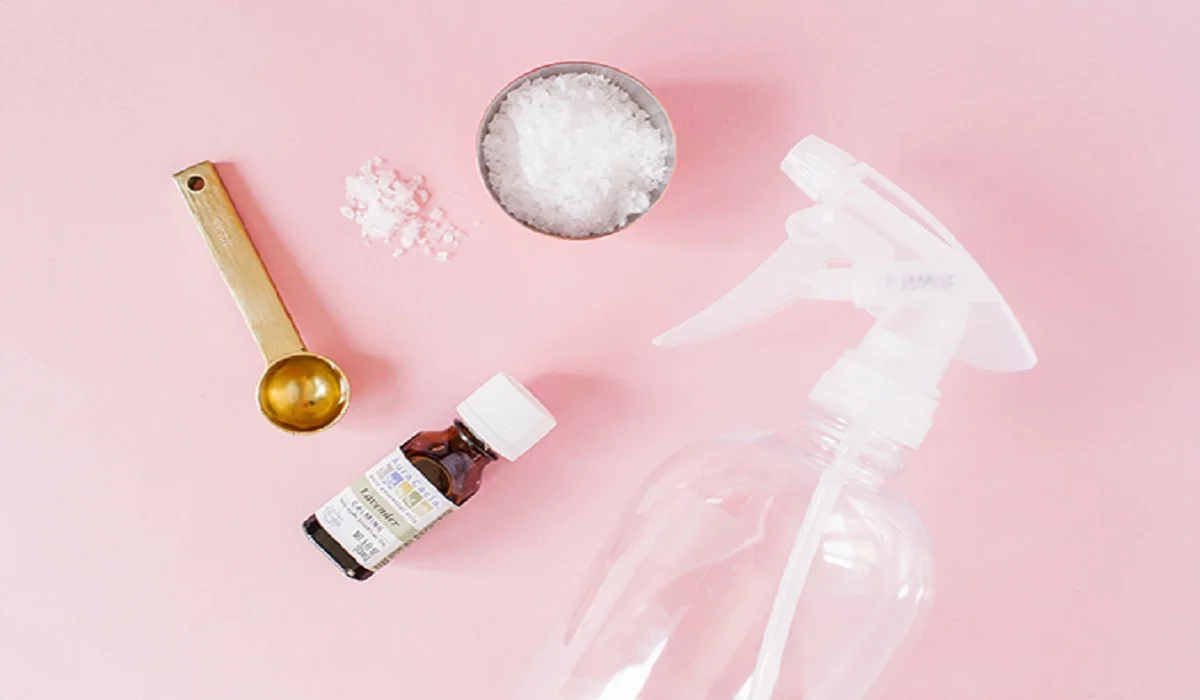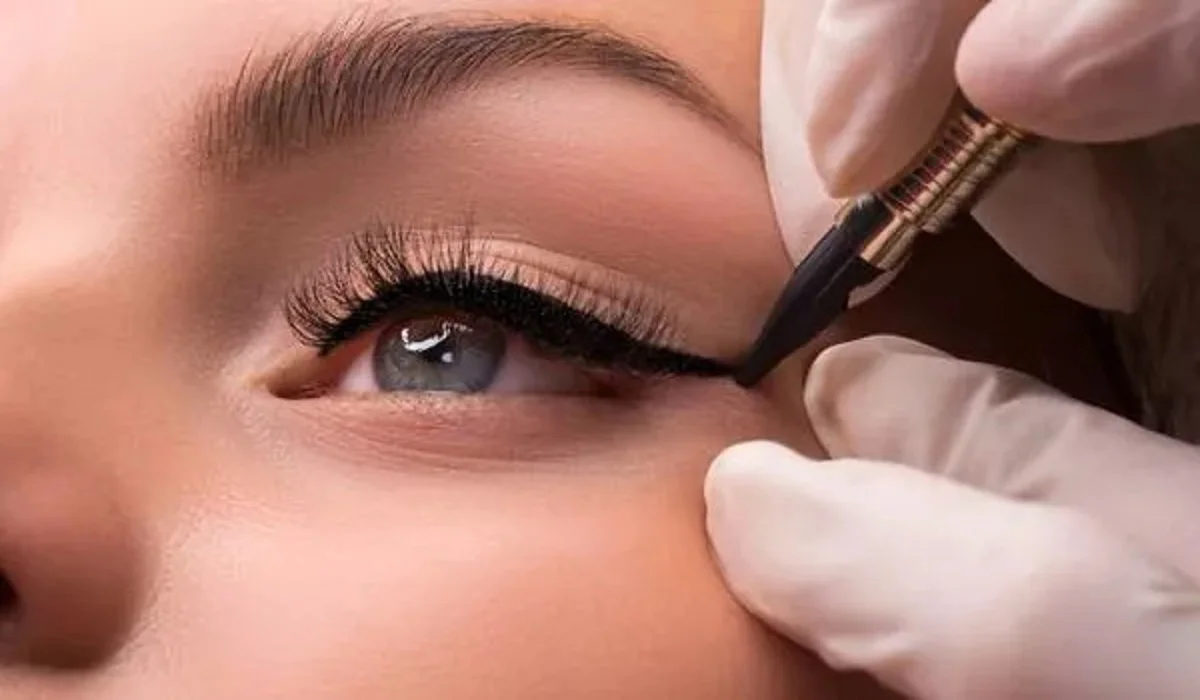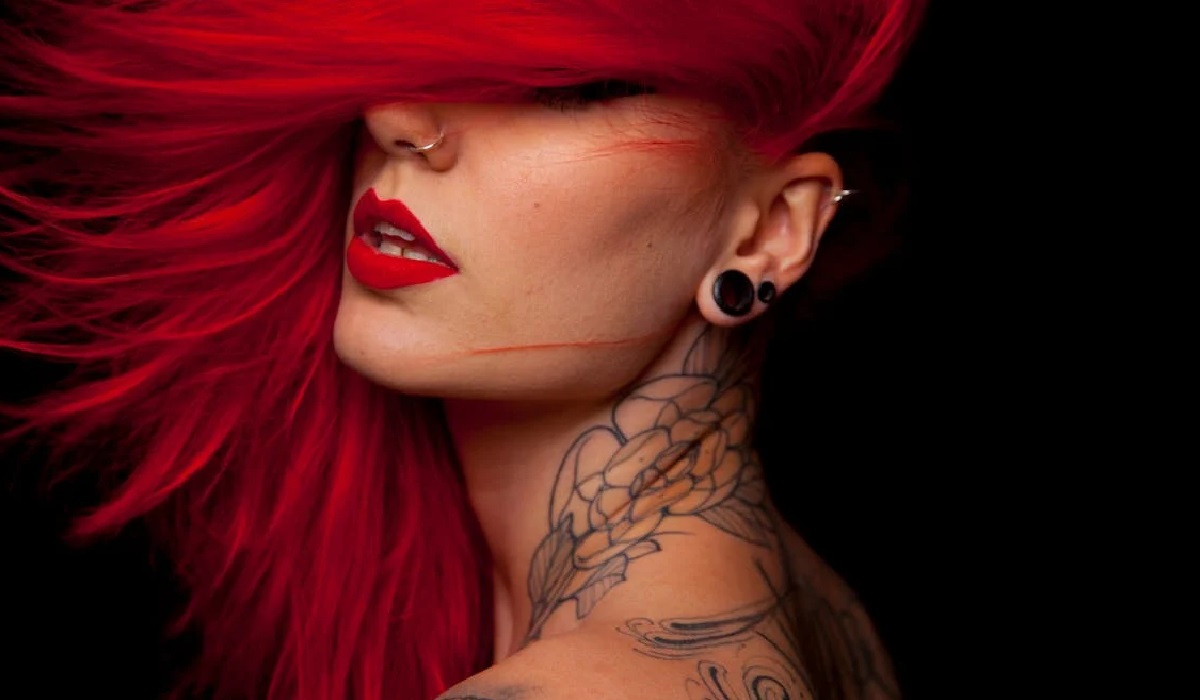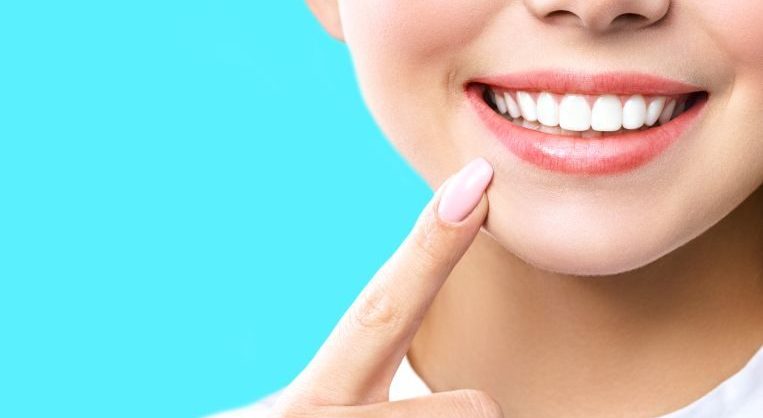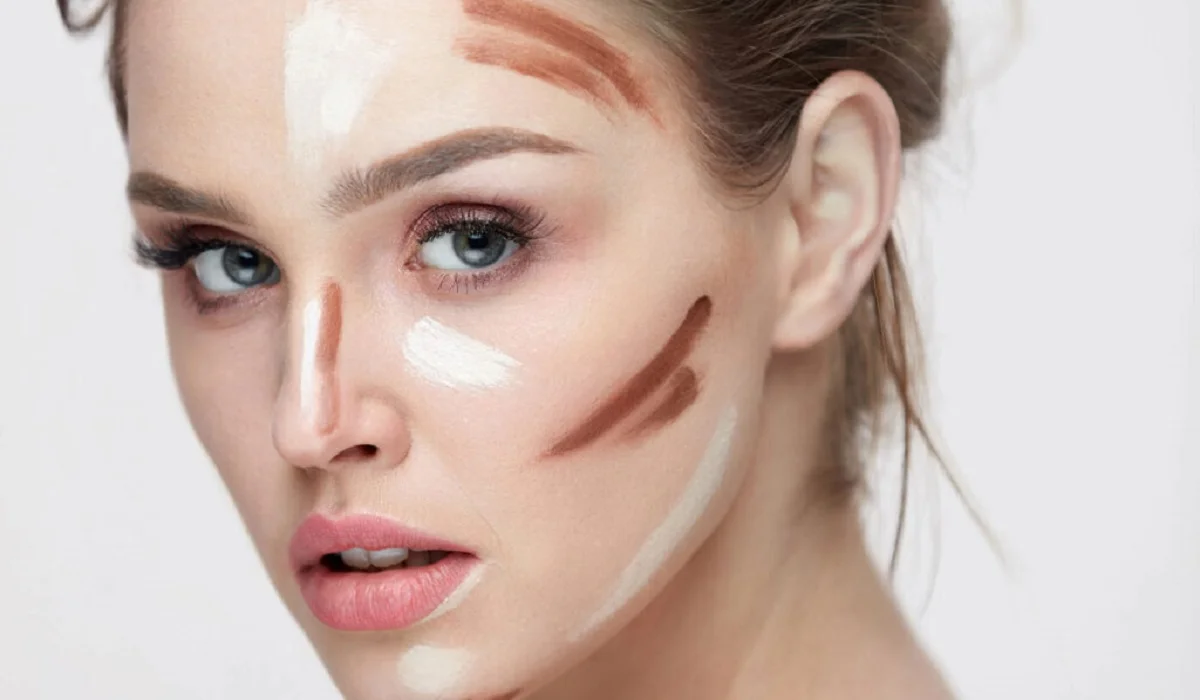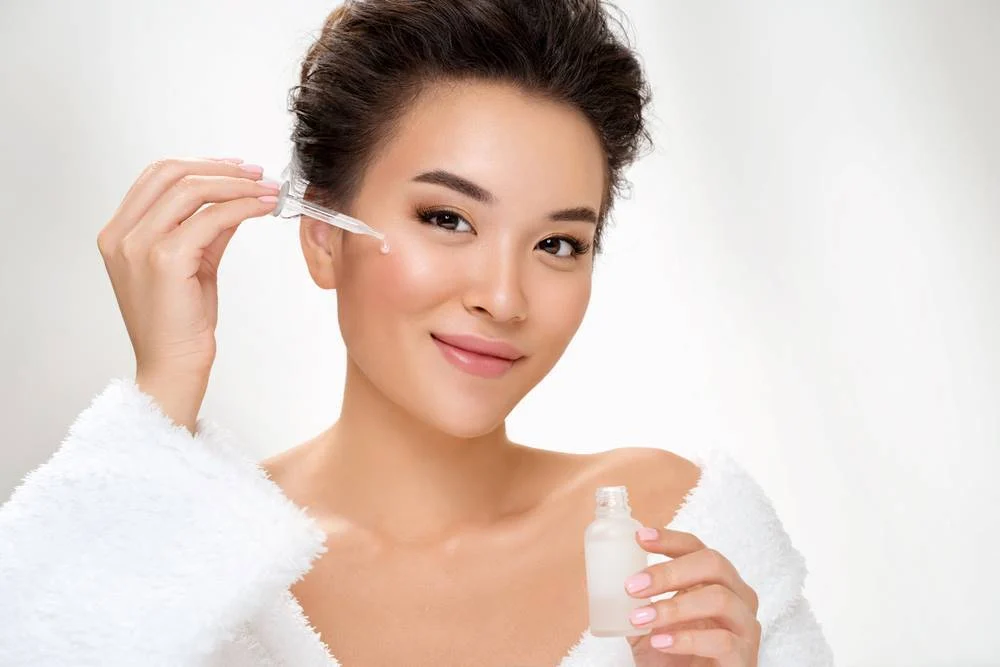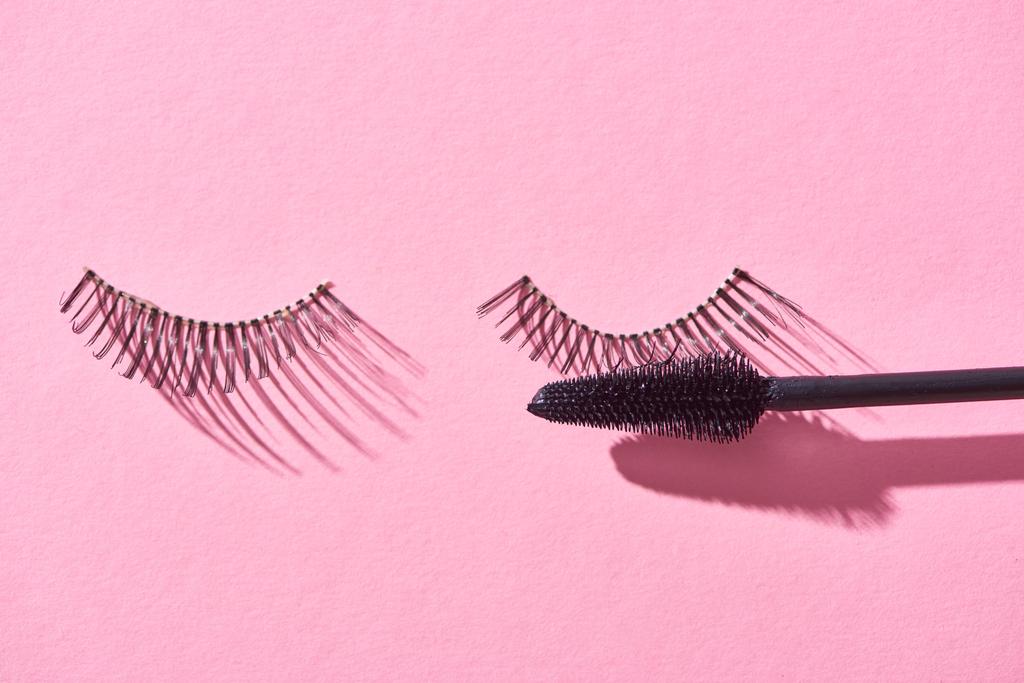The allure of eye makeup extends far beyond mere cosmetic appeal; it’s an art form that accentuates the inherent beauty of the eyes. With the right palette, liner, or mascara, your eye color can be vividly highlighted, enhancing your overall appearance with simple yet effective touches. This comprehensive guide delves into the 2024 eye makeup trends and innovations specifically tailored to enhance the natural charm of various eye colors.
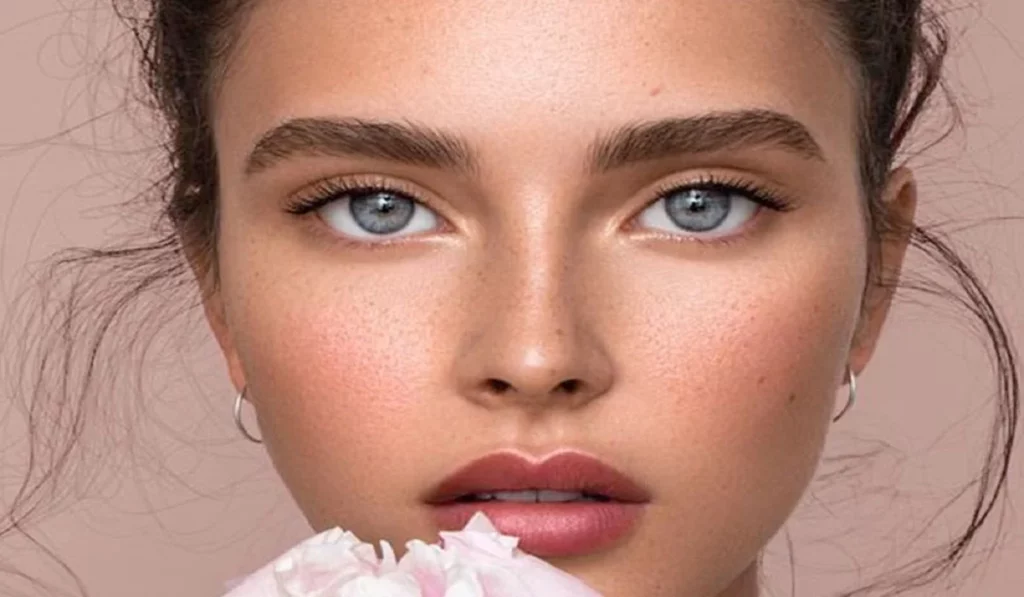
Understanding Eye Color
Eye color is a manifestation of genetics, shaped by melanin levels within the iris. Grasping the science behind the spectrum of eye colors—from the palest blues to the deepest browns—enables a more informed makeup choice, ensuring your selections not only complement but also magnify your natural eye color.
Makeup for Blue Eyes
For individuals graced with blue eyes, selecting shades that form a contrast, such as rich browns, copper, and golden hues, can significantly intensify the eye color. The 2024 lineup introduces luxurious pigments and shimmering metallic liners crafted to highlight blue eyes’ intrinsic depth and sparkle.
Enhancing Brown Eyes
The inherent depth of brown eyes is their superpower, capable of being accentuated with a broad color palette. Eyeshadows and liners in vibrant jewel tones, including emerald and purple, emerge as the go-to choices in 2024, designed to bring out brown eyes’ complex beauty.
Green Eyes Makeup Guide
The rarity and allure of green eyes can be amplified with makeup that features red undertones, such as deep mahogany and rich plum. The 2024 must-haves encompass high-pigment shadows and liners that underscore the natural vibrancy of green eyes.
Hazel Eyes: How to Highlight
Hazel eyes, with their mesmerizing mix of green, gold, and brown, present a unique opportunity for experimentation. Earthy tones emphasize the green, while hints of lavender and mocha bring out the golden and brown flecks. The year’s essentials include versatile palettes that embrace the mutable nature of hazel eyes.
Eye Makeup Techniques
Mastering fundamental eye makeup techniques can profoundly enhance your eye color. Essential skills such as blending for a seamless finish, brightening the inner corners for a wide-awake look, and crease contouring for added depth are pivotal in making your eye color the focal point.
2024 Eye Makeup Trends
This year champions bold, expressive eye makeup. From graphic liners to vivid shadow hues and multi-dimensional mascaras, the latest trends offer fresh avenues for showcasing your eye color, whether you’re aiming for subtlety or dramatic flair.
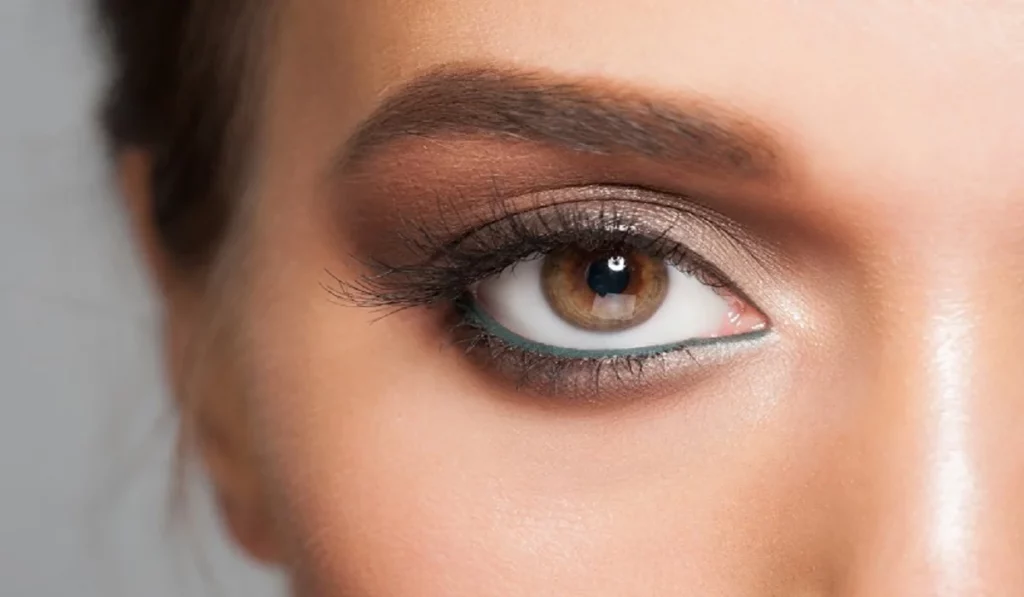
Choosing the Right Makeup for Your Eye Color
Crafting a look that elevates your natural eye color involves selecting appropriate products and mastering their application. Starting with a primer for durability, picking complementary colors, and using precise, blendable tools, you can achieve a gaze that’s not only captivating but also uniquely yours.
The Best Eye Makeup Products of 2024
The year’s top eye makeup selections span across eyeshadows, eyeliners, and mascaras, each offering novel formulations and hues designed to complement and enhance every eye color. From velvety textures to lustrous finishes, these products promise to transform your makeup routine.
Application Tips for Stunning Eyes
Application techniques play a critical role in eye makeup. Using a primer as a base, applying colors that enhance your eye hue, and mastering blending methods can significantly impact the final look, ensuring a stunning and enduring eye makeup.
Eye Makeup Tools and Accessories
The pursuit of the perfect eye look necessitates not only high-quality makeup but also the right application tools. Investing in precision brushes and exploring innovative tools like heated lash curlers and silicone shadow applicators can change how we think about eye makeup in 2024.
Maintaining Eye Makeup and Tools
Maintaining the longevity of your eye makeup and the health of your eyes involves proper care of your products and tools. Regular cleaning, appropriate storage, and adherence to product expiration dates are crucial to avoiding eye irritation and infection.
Natural Beauty Enhancement Techniques
Embracing techniques that cater to both day and night looks, as well as adapting to seasonal changes, can significantly enhance your natural beauty. This section offers insights into making the most of your eye makeup, regardless of the occasion or time of year.
Troubleshooting Common Eye Makeup Issues
Addressing common challenges like smudging, fading, and allergic reactions is essential for any makeup enthusiast. This part provides solutions and preventative measures to ensure your eye makeup remains flawless and comfortable throughout the day.
Sustainable and Ethical Makeup Choices
As awareness grows, choosing sustainable and ethical makeup products becomes increasingly important. This section highlights eco-friendly and cruelty-free options, allowing you to make beauty choices that align with your values.
Expert Interviews and Insights
Gain exclusive insights from makeup artists and beauty influencers,
revealing industry secrets and top recommendations for enhancing your eye color with makeup. Their expertise offers valuable perspectives on achieving the best results with the latest products and techniques.
Eye makeup is a powerful tool for accentuating the natural beauty of your eyes. With the advent of new trends and products in 2024, you have a wealth of options to explore, allowing you to highlight your eye color in the most stunning ways. Embrace these innovations and tips to let your natural eye color shine brightly.
How do I choose eye makeup for sensitive eyes?
Opt for hypoallergenic and ophthalmologist-tested products to minimize irritation.
Can eye makeup enhance natural eye color?
Yes. Choosing shades that contrast or complement your eye color can significantly enhance your eyes’ vibrancy and expression.

